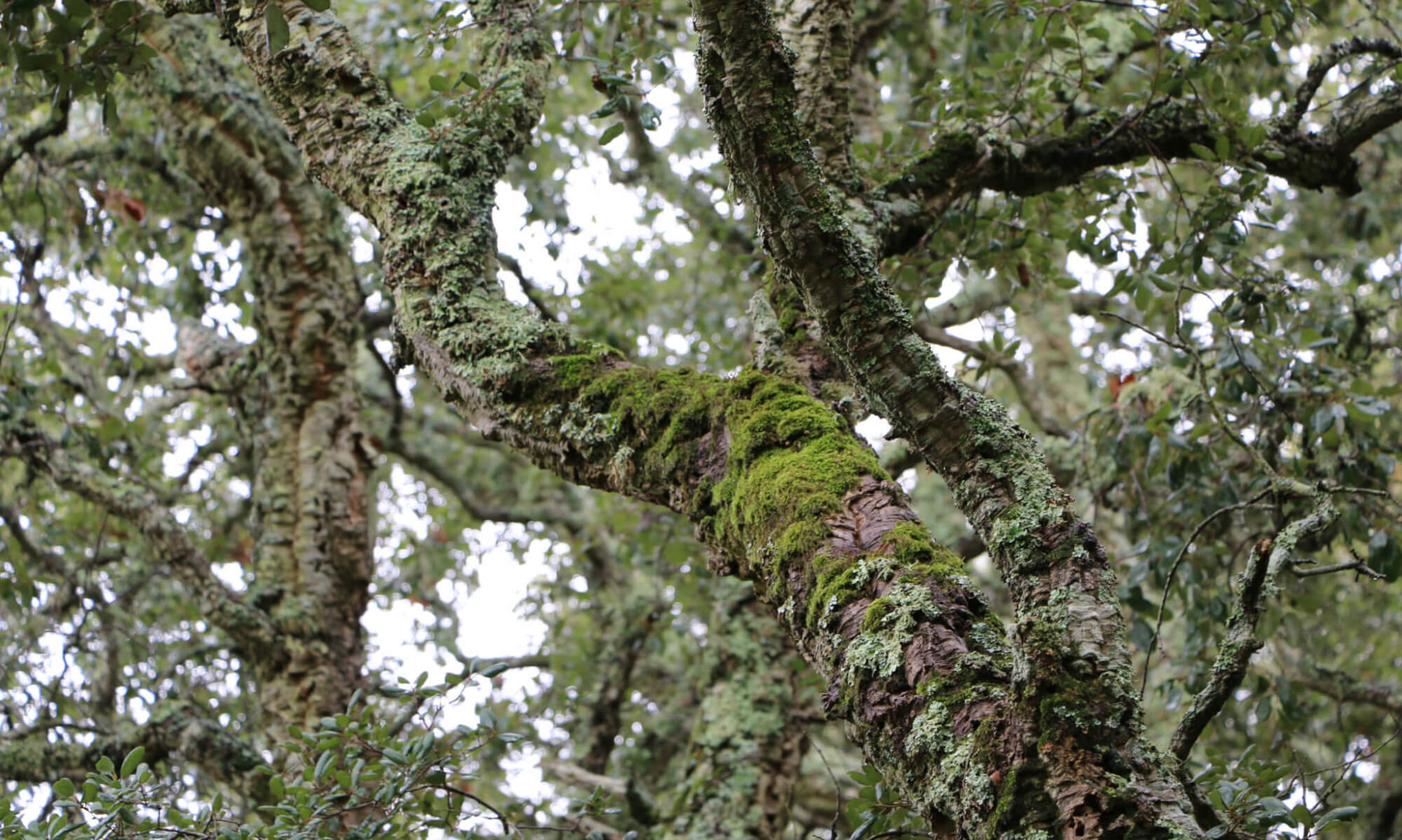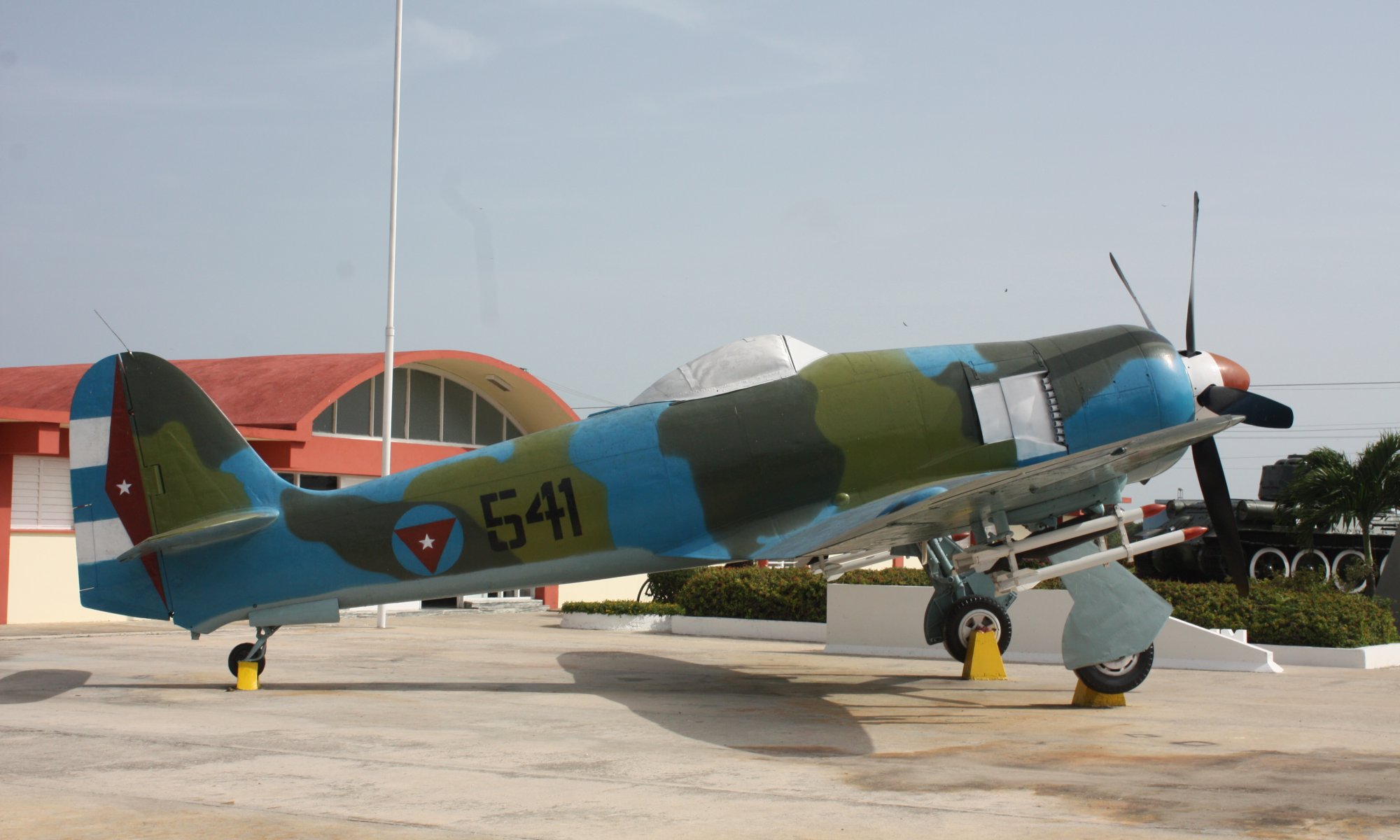On the southern coast of Cuba, not far away from Cienfuegos you can find the Bahía de Cochinos (“bay of pigs“) with its two beaches Playa Larga and Playa Girón. The area became well known in 1961 because of the failed Bay of Pigs Invasion by the United States and Cuban people living in the U.S. – today you can learn more about the Cuban view on this event in a museum at Playa Girón.
Cuba was formerly influenced massively by the United States – concerning economics and politics. Even the mafia used Cuba and especially La Habana to earn a lot of money – until the Cuban revolution. When Fidel Castro came to power the U.S. were in fear to lose more and more states to communism. And they wouldn’t accept a communist state just 180 km south of Florida.
The first reaction of the U.S. government was an economic measure: they stopped the supply of oil – and Cuba was relying heavily on this commodity. By that time Castro found a friend in the Soviet union which replaced the shipments.
A military intervention was not possible according to that time and the state of international law. The only option was to get the Cuban exile government back on the island and let them ask for support from there – then the U.S. could aid with military forces.
U.S. president Dwight D. Eisenhower requested the Central Intelligence Agency (CIA) to prepare such an operation called “Zapata” (named after the region in which the Bahía de Cochinos is located). A budget of 13 million U.S. dollar was already available. Eisenhower planned to let this operation be carried out by his successor Richard Nixon – but Nixon lost the elections against John F. Kennedy who took over the plans.
On April 15th, 1961 the U.S. air force destroyed three military airfields on Cuba, using planes decorated with Cuban flags. In fact they could only destroy half of the Cuban air force – five U.S. bombers were shot down and the pilots identified as U.S. citizens. This attack immediately was addressed to the United Nations.
On April 17th, 1961 the amount of 1300 Cubans in U.S. exile were brought to the Bahía de Cochinos by U.S. forces – after they have been trained by the U.S. in Guatemala. They received air support and made use of napalm. After three days they were defeated and 1200 of them were imprisoned. Fidel Castro “traded” them against medicine and food afterwards.
„I have previously stated, and I repeat now, that the United States intends no military intervention in Cuba.“
– John F. Kennedy to Nikita Chruschtschow, April 18th, 1961
Four days later Kennedy took full responsibility for the attack. No military action was afterwards agreed on against Cuba – but the CIA tried over 30 times to kill Fidel Castro, by poisons, chemicals, hallucinogenic drugs, firearms and bombs. The failed intervention in the Bahía de Cochinos brought Cuba closer to communism and the Soviet union. And it intensified the conflict between Cuba and the United States – the results can be seen in the Cuba crisis of 1962.
Museo de la Intervención
Bahía de Cochinos
Playa Girón
Cuba
Loading map...


